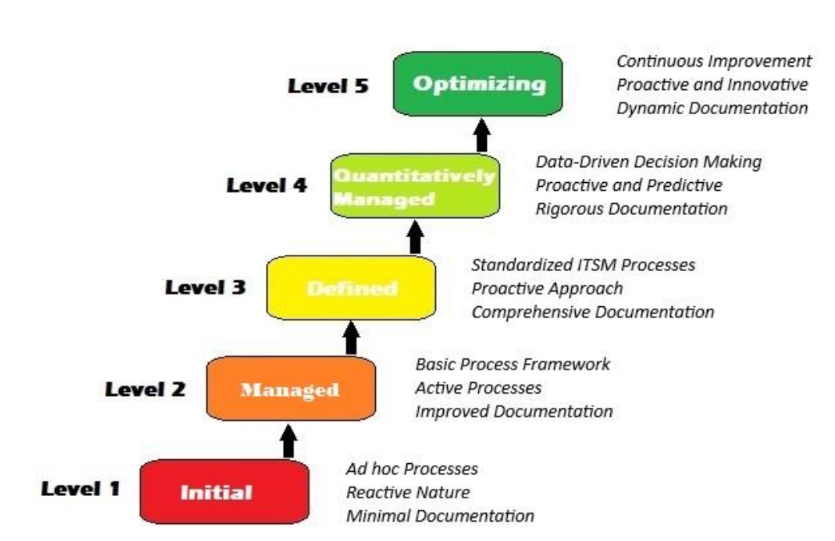As digital transformation accelerates, effective IT Service Management (ITSM) is no longer optional—it’s essential. But how do you measure your ITSM effectiveness? The answer lies in a structured ITSM assessment.
What is an ITSM Assessment?
An ITSM assessment is a comprehensive diagnostic that evaluates how efficiently and effectively an organization plans, delivers, and manages its IT services. Think of it as a health check for your IT processes.
Its primary goals are to:
-
✅ Identify strengths and weaknesses in your current ITSM practices.
-
📊 Provide a clear, evidence-based snapshot of your performance.
-
🚀 Develop a targeted roadmap for improvement.
These assessments can be conducted through self-evaluations, expert consultations, or third-party audits.
How Does an ITSM Maturity Model Help?
An ITSM Maturity Model is the framework that gives the assessment its structure and direction. It categorizes organizational capabilities into progressive levels, from initial/ad-hoc processes to optimized, strategic ones.
The model helps by:
-
Providing a Benchmark: It offers a standardized scale to measure your organization against industry best practices (like ITIL or ISO 20000).
-
Creating a Common Language: It aligns IT and business leaders on the current state and the definition of “improvement.”
-
Guiding Strategic Investment: The assessment outcome pinpoints exactly which processes (e.g., Incident, Change, Problem Management) need attention, ensuring time and money are invested where they will have the most impact.
In short: The maturity model is the ruler, and the assessment is the act of measuring. Together, they provide the insights needed to transform IT from a reactive cost center into a proactive, value-driving partner for the business.
🔗 Ready to benchmark your ITSM maturity? A professional assessment is the first step toward building a more resilient and efficient IT organization.
